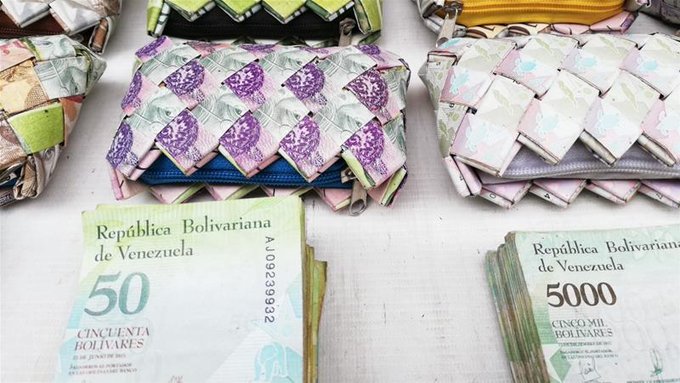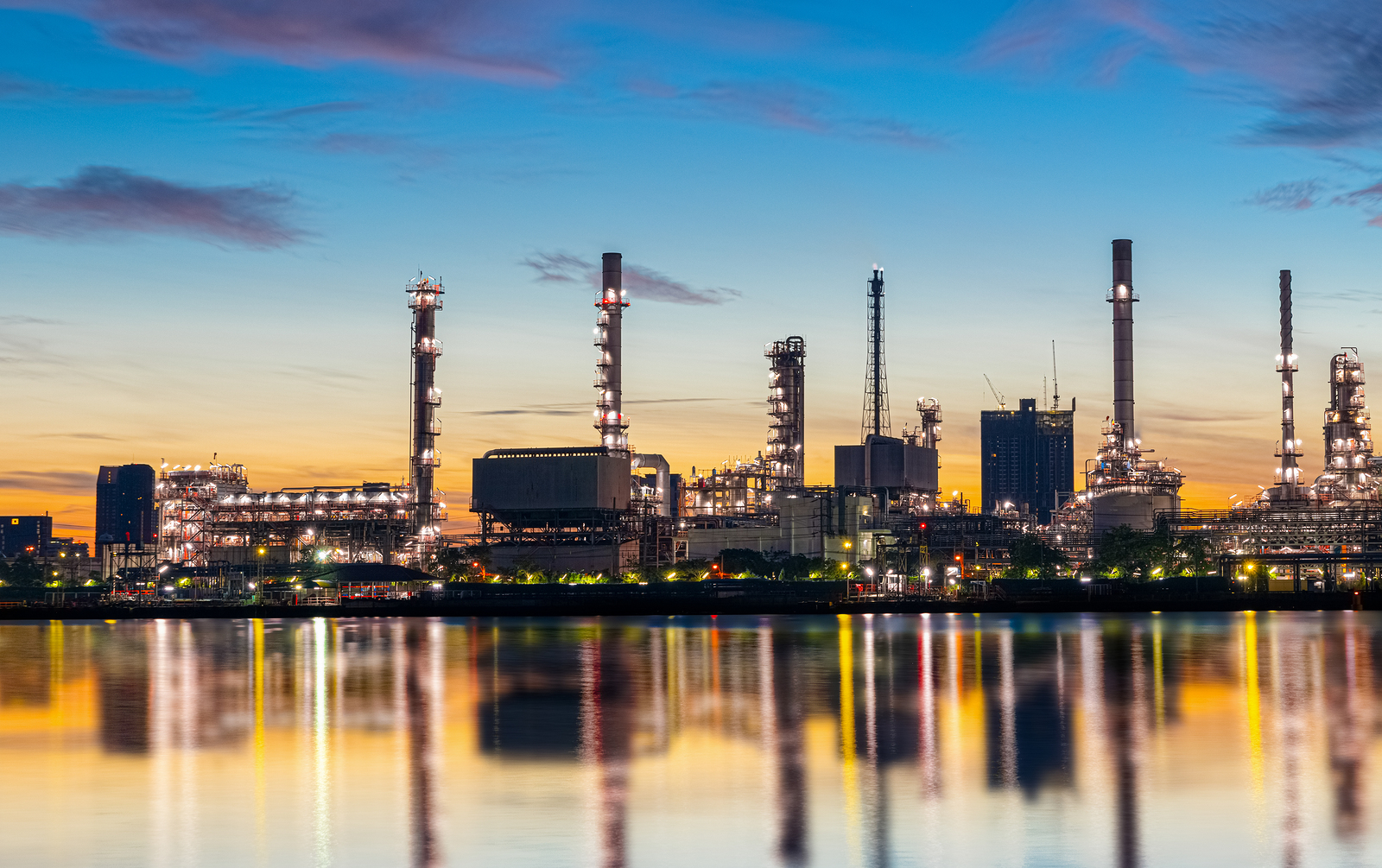
If the decade coming to a close will be remembered
for a shale drilling revolution that transformed the United States into
the world’s biggest oil producer, the oncoming 2020s may well go down in
history as the decade when the world’s demand for crude peaked for
good.
As
concerns about climate change mount, electric vehicles are projected to
gain ever-larger shares of auto markets, while the fuel efficiency of
internal combustion is only expected to improve — all cutting into the
demand for transportation fuels, oil’s primary product.
Virtually
everyone agrees peak oil demand is coming. OPEC predicts demand will
rise into the 2040s, but the European energy major Royal Dutch Shell and
others say global oil demand could peak before 2030. So what will this
mean to oil-centric Houston, the reigning energy capital of the world?
“We’re
entering a decade that could be the beginning of the end in some ways,”
said Jennifer Rowland, an energy analyst with Edward Jones. “You can
paint a pretty bearish picture that oil demand is going to plateau
before 2030.”
Sour outlook on oil
The
debate over peak demand highlights the remarkable shift that global
energy markets have made in less than 20 years. As recently as 2008,
analysts and investors argued over the timing of a phenomenon known as
peak oil — when the world would begin to exhaust its reserves of crude.
Now,
concerns are mounting in the oil and gas industry that peak demand is
not only coming, but coming faster than anticipated, all as the shale
boom begins to slow, companies slash jobs and Wall Street turns its back
on the energy sector after years of generating lackluster returns.
On HoustonChronicle.com: Has the peak of the shale revolution come and gone?
While
the S&P 500 Index is up more than 25 percent in 2019, Standard and
Poor’s index of oil and gas producers has plunged more than 15 percent.
The energy sector now represents just 4 percent of the S&P 500 after
peaking at 14 percent just over a decade ago.
Earlier
this year, Exxon Mobil fell from the ranks of the S&P 500’s 10
biggest companies for the first time, underscoring that investors are
hesitant to put money into a mature industry that is barely growing,
Rowland said.
“We’re in this vicious negative feedback loop,” she said. “It feeds on itself as the energy sector becomes less relevant.”
Ryan
Lance, chief executive of the largest Houston-based oil and gas
producer, ConocoPhillips, acknowledges that his company is operating in a
mature industry. The solution, he says, is tight spending and steady
growth, while consistently returning money through dividends and stock
buybacks to shareholders to build loyalty.
“Our
industry faces a flight of sponsorship by investors,” Lance said during
a recent presentation. “This sector will struggle for relevance unless
the industry can create value on a sustained basis.”
Where Houston stands
Houston
has worked to diversify its economy, but it’s still an oil town. Crude
prices and production reverberate through every facet of the economy.
The
industry already is contending with flat U.S. demand for gasoline
because of improved vehicle fuel efficiency. Next up: the anticipated
wave of electric vehicles.
On HoustonChronicle.com: Wall Street’s stern discipline cools energy M&A
“That
will have a major impact and a bottom-line impact on Houston,” said
Praveen Kumar, executive director of the Gutierrez Energy Management
Institute at the University of Houston.
For now, the United States is producing record volumes of oil that only continue
to rise. The Houston and Corpus Christi areas are evolving into larger
export hubs to supply the world with more oil, refined fuels, chemicals
and plastics.
“The
major story for Houston right now is not a lack of oil supply, but how
well it can be exported to prevent a domestic glut,” Kumar said.
Indeed, Houston’s
role as an export hub will rise in importance in the years to come,
said Sarp Ozkan, director of analytics at the Austin energy research
firm Enverus. As global oil demand plateaus, U.S. crude will need to compete intensely for market share worldwide, he said.
“Peak
demand is an issue we need to accept as an eventual reality, but that
doesn’t mean Houston is going to lose its luster,” Ozkan said. “It
really is more of an evolution.”
Most
analysts say oil demand will peak, then plateau for a prolonged period
before it begins to decline. Few expect a sharp peak and rapid downfall.
Varied global views
For
now, there are more questions than answers. Electric vehicles and
renewable power are butting up against the need for more energy as
global population grows, incomes rise and middle classes expand in
developing nations, particularly in Asia.
Oil
and other fossil fuels will hold smaller shares of the overall energy
mix, but the total energy pie will keep growing for decades, analysts
said. Crude oil represents more than 30 percent of global energy demand.
How
quickly demand peaks and at what level will depend largely on how
governments worldwide respond to global warming. The latest report from
the Paris-based International Energy Agency gives a mid-range scenario —
governments doing more than they are now without being extremely
aggressive — in which oil demand slows to a crawl after 2025, but
doesn’t peak until the 2030s at 106 million barrels per day or so.
Under
that scenario, global fuel demand for passenger vehicles would peak
before 2030, but crude demand would continue to increase from supplying
long-distance freight, shipping, aviation and petrochemicals, the IEA
said.
That
means the oil sector still has decades ahead of it, said Muhammed
Ghulam, an energy analyst at Raymond James in Houston. Even global coal
demand is growing slightly, he noted, and coal is much easier to
displace with natural gas and renewable energy than crude oil, he said.
“Oil demand growth is slowing significantly, but it’s still rising,” Ghulam said. “Energy transformations take a long time.”
jordan.blum@chron.com
twitter.com/jdblum23
twitter.com/jdblum23

















